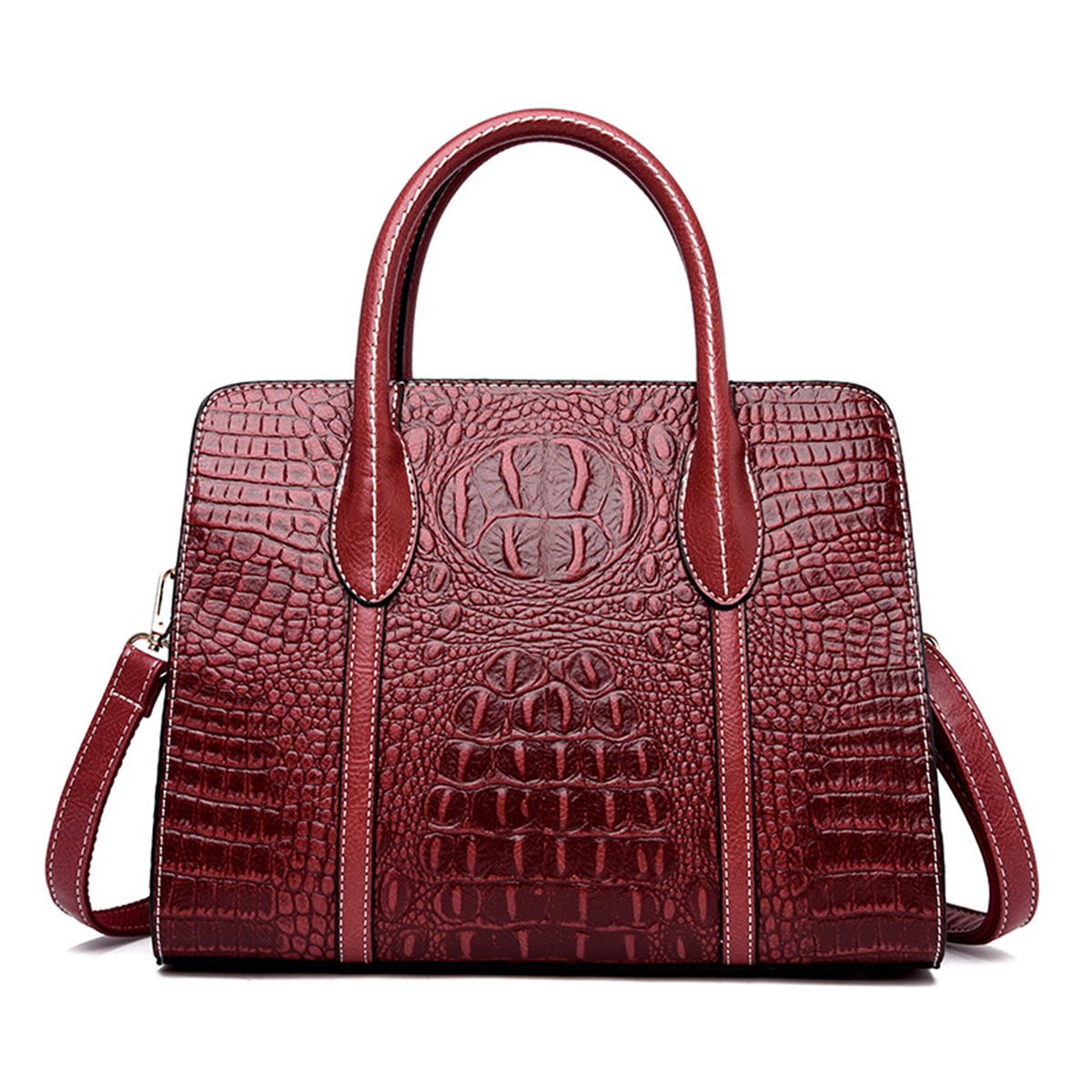Introduction: In the ever-evolving world of fashion, there are few accessories that can match the prestige and allure of a crocodile handbag. These luxury items have an undeniable charm, drawing the attention of fashion enthusiasts and collectors around the globe. However, as the popularity of these bags rises, so does the ethical and conservation dilemma surrounding the use of crocodiles for their production.
Understanding the Appeal: Crocodile handbags have long been associated with wealth, power, and exquisite craftsmanship. The unique texture and durability of crocodile skin make it an optimal material for luxury accessories. Additionally, the limited availability and meticulous manufacturing process contribute to their high price tag, further increasing their desirability among fashion aficionados.
The Conservation Challenge: While crocodile handbags are undoubtedly synonymous with luxury, their production poses various ethical and conservation concerns. Most of the skin used for these bags comes from Nile crocodiles, American alligators, or Australian saltwater crocodiles. These species are protected under local laws and international agreements due to their vulnerability and importance to the ecosystem.
Sustainable Practices: To address the issue of sustainability, some renowned fashion houses have committed to responsible sourcing and ethical practices. These companies partner with certified farms and suppliers that adhere to strict guidelines for crocodile husbandry, feed, water quality, and overall treatment. croc bag ensures both the well-being of the animals and the preservation of their natural habitats.
CITES Protection: The Convention on International Trade in Endangered Species of Wild Fauna and Flora (CITES) plays a crucial role in regulating and controlling the trade of crocodile products. CITES carefully monitors this trade to prevent the unsustainable exploitation of crocodile populations. The organization ensures that the skins used in the fashion industry are sourced sustainably and legally.
Sustainable Alternatives: The fashion industry has also witnessed a rise in sustainable alternatives to genuine crocodile skin. Innovative materials such as pineapple leather, mushroom leather, and even recycled materials offer a cruelty-free and eco-friendly option to consumers. These alternatives aim to reduce the demand for real crocodile skin and limit the negative impact on wildlife populations.
Balancing Culture and Conservation: Crocodile farming has also assumed cultural relevance in some regions where it provides income and employment to local communities. For instance, in Australia, crocodile farming supports indigenous populations while maintaining the crocodile population's sustainable management. It is crucial to strike a balance that respects both cultural traditions and wildlife conservation efforts.

Increasing Consumer Awareness: Raising awareness among consumers is vital for driving positive change in the fashion industry. By educating the public about the environmental and ethical consequences of owning real crocodile handbags, it becomes possible to encourage a shift towards more sustainable and responsible alternatives. Transparency regarding the sourcing and production methods employed by fashion brands can empower consumers to make informed choices.
Legal Frameworks and Enforcement:

Enforcing strict legislation and penalties for illegal wildlife trade is essential. Increasing fines, strengthening law enforcement, and fostering international cooperation are crucial steps in combatting the illegal trafficking of crocodile skins. By targeting and dismantling criminal networks involved in this illicit trade, we can ensure the long-term survival of these magnificent creatures.
Conclusion: Crocodile handbags undoubtedly occupy a significant place in the world of high fashion, embodying luxury, exclusivity, and remarkable craftsmanship. However, their production raises important ethical and conservation concerns. Sustainable practices, alternative materials, and increased consumer awareness play a vital role in mitigating the impact on wildlife populations and habitats. Balancing cultural traditions and environmental conservation is a delicate task, necessitating collaborative efforts from fashion brands, consumers, and regulatory authorities. By embracing sustainable alternatives and responsible fashion choices, we can celebrate fashion's creativity while safeguarding the natural wonders of our planet for generations to come.
